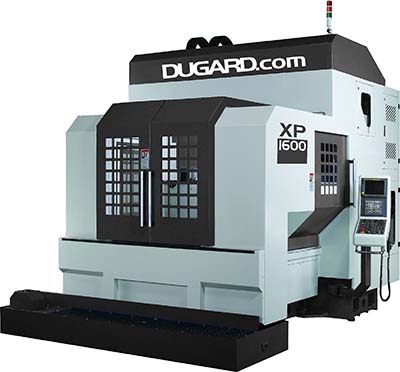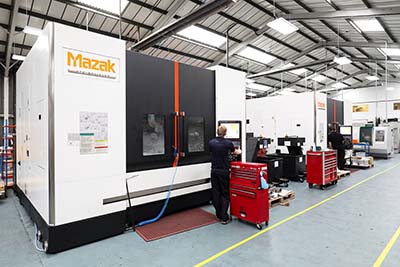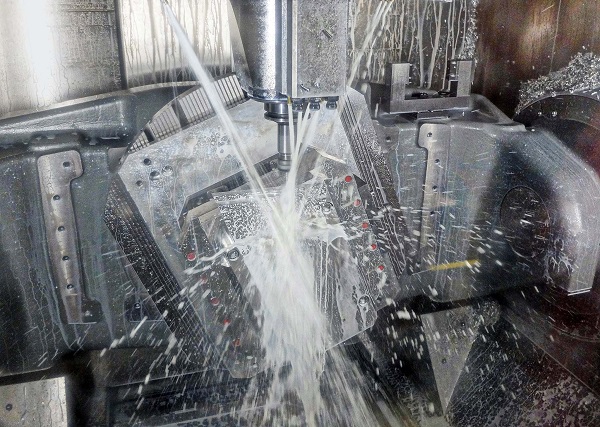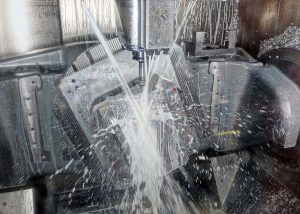The foundry at Thomas Dudley in the West Midlands is to be equipped with a third CNC machine. This latest investment, in a new Dugard XP1600 CNC machining centre, comes in response to demand, further expanding the company’s ability to quickly manufacture patterns in-house.

“At present, we are producing patterns up to 700 mm wide,” explains foundry director Mick Cramphorn: “With this investment, we’ll be able to cut approximately 1150 mm wide, larger patterns all in-house. The machine has a faster spindle, which will reach up to 15,000 rpm, offering enhanced finishes when cutting fine details such as text or texture on patterns.
“Our maximum traverse feed rate at the moment is 15 m/min, whereas installing the new machine means this will increase up to 20 m/min, which is exactly what we need for projects that require a fast turn-around,” he continues. “The combination of advanced engineering technology, a skilled team and ‘can-do’ attitude provides a high level of flexibility. Producing new patterns with the Dugard XP1600 will enable us to reduce lead times even further.”
Thomas Dudley’s new investment supports a commitment to working in partnership with existing and new customers as a value-adding, strategic engineering partner. The company says that, unlike many competitors, its foundry division can call upon automated and air-set manufacturing facilities to provide a flexible, UK-based production platform.
For further information www.dugard.com


















